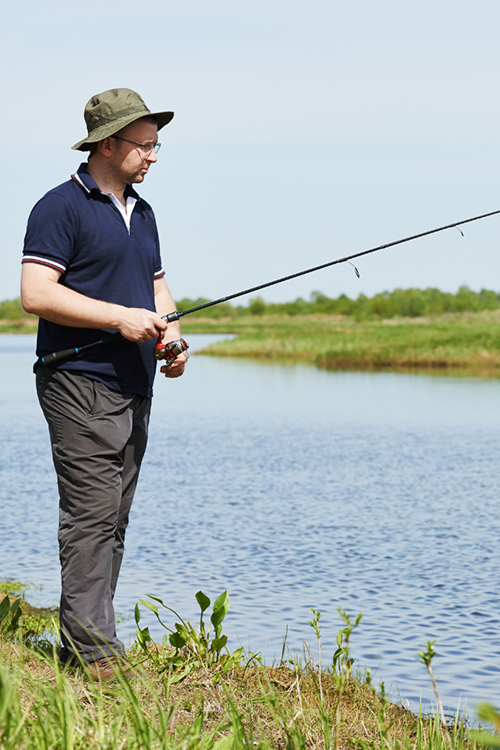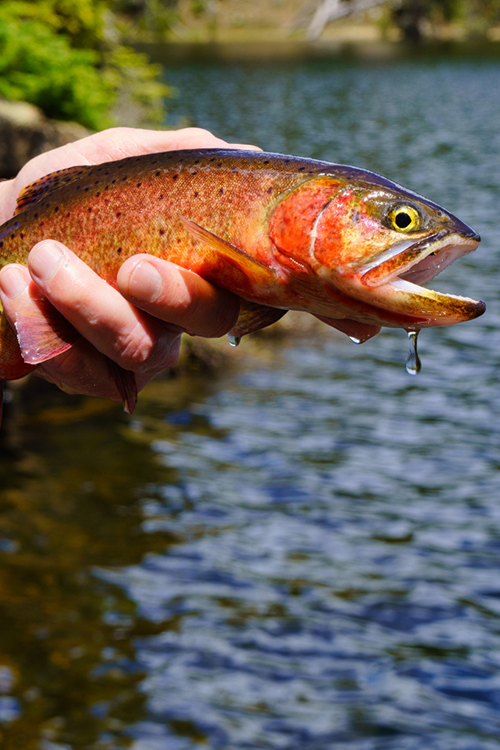Fast-moving water can be your best friend or your biggest challenge. It moves quickly, cuts hard, and keeps fish on the move. But once you get the hang of it, you'll pull bruiser browns and slabby rainbows out of spots most anglers skip. Let's break down the best ways to handle that kind of flow while you are fly fishing on the Tennessee rivers.
Fast Water Ain't the Enemy
When people think of fly fishing in fast water, they picture pure chaos. But fast water is actually full of life. It's rich in oxygen. It stirs up bugs, and it makes it hard for fish to feed.
Trout tend to hold behind rocks under ledges. You can also find it in any little pocket where the current slows just enough. They're not afraid of the push. They use it to their benefit. That's where you come in. You're not trying to fight the water current. You're working with it.
Match Your Fly Line to the Water
In cold water that's charging downstream, a light setup won't cut it. You need a fly line that allows you to hold the drift longer and land your bugs where the fish congregate.
Most anglers throw a floating line for this. It works great with dry flies, especially if you're eyeing a rising fish. But don't be afraid to rig up a sink tip or run appropriately weighted flies. That'll get your nymphs down deep, quick.
Use the Water's Speed to Your Advantage
If the current is ripping, use it. Let it carry your fly naturally. Keep an eye on your rod tip and let it go just enough to follow the drift. You want a clean line and a drag-free drift. You only need a few seconds in the right current seam to hook a hungry fish.
Work the Pockets & Edges
Fish aren't stupid at all. Even bruisers looking for large meals won't linger right in the whitewater. They'll position themselves behind rocks, in eddies, and at current breaks—places where they can ambush food. You'll find slower water close to shore or around boulders in the middle. That's where you drop a cast. That's how you catch trout.


